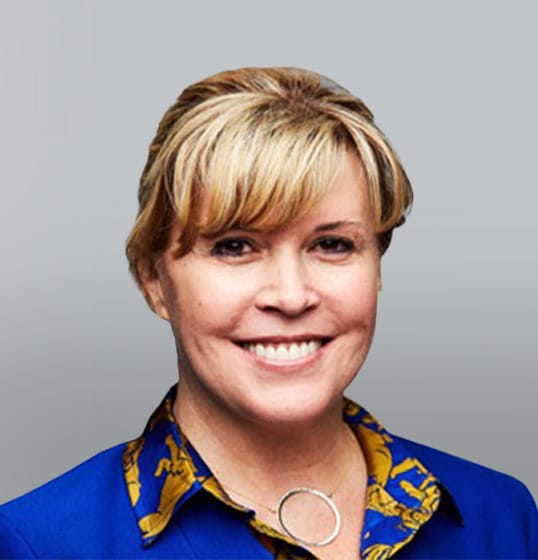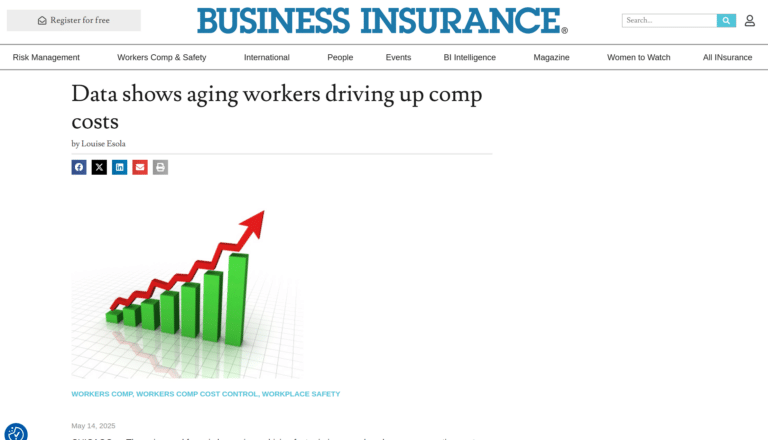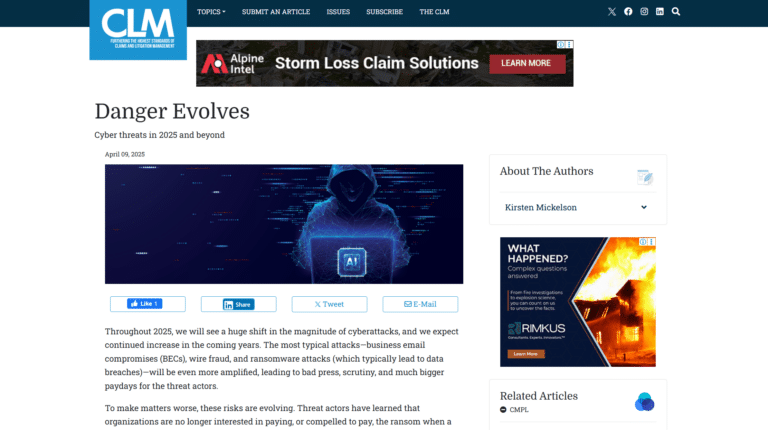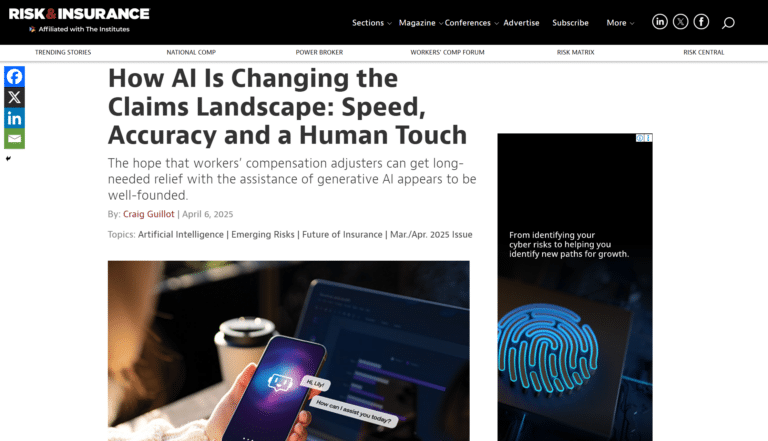Despite advances in technology, insurance fraud is continuing to increase in frequency and its impact on our industry.
With almost one-third of carriers believing up to 20% of their entire claims volume is from fraudulent cases, it’s understandable why our industry’s estimated cost is in excess of $40 billion. Senior Vice President Dawn Griffin of Carrier Practice, interviews Caryn Siebert, Director of Carrier Engagement, on the indicators of fraud.

DG: This is clearly a widespread issue, so what motivates a policyholder to commit insurance fraud?
CS: The reason why so many people are comfortable with defrauding their insurers is multi-layered. It often starts with the basic reality that many see carriers as “faceless” conglomerates that will deny a claim, so it’s a “low-risk, high-reward” activity.
Policyholders think that by inflating or ‘padding’ their insurance claims, they will be able to recover what is ‘owed’ to them through their deductible or money paid in premiums. The other factor that doesn’t help prevent insurance fraud is the fact that many prosecutions aren’t noteworthy or even make the news. So, policyholders don’t perceive it as an issue that actually impacts them. In terms of third parties, or alleged injured workers, they too try to manipulate a system where prosecutions are difficult and where they seek out a “deep pocket” corporation or individual who one would assume has excellent insurance coverage (such as staged accidents involving suing the driver of a high-end vehicle).
DG: What are the most common areas in which we see insurance fraud?
CS: There are four key lines that are most susceptible to fraud – personal injury, automobile, workers’ compensation, and first-party property.
It’s likely these policy types are popular simply because they’re the most common lines of insurance, but it’s also that claiming on these policies often only involves an individual or an individual and a witness/person they can influence. This ability to control the narrative is key for fraudsters. So, too, is the ease with which they can manufacture receipts and photographs or find a doctor willing to prescribe medication or recommend surgical procedures. There are ways we can uncover “rings” operating in an area, find pairings of certain alleged doctors with attorneys, and even establish that insurance was increased or purchased after a loss in an attempt to secure retroactive coverage.
DG: What are the “red flags” claims professionals must be trained to recognize?
CS: Combatting insurance fraud starts with training your team to be able to recognize some fairly basic red flags. This can include a claimant submitting incomplete information about their legal name, phone number, email address, vehicle identification number, or a permanent residential address. All of these factors can be easily verified for accuracy through a quick ISO or Google search.
We also know that those who commit insurance fraud are often repeat offenders, emboldened by not being caught, so watch out for numerous similar claims or a history of settlements below estimated values. That is why we recommend doing a second ISO search once the claim has been opened and is progressing towards resolution.
Those who attempt insurance fraud will also likely come across as too familiar with the claims process and proper technical terms unless, of course, they work in our industry. They could also start threatening legal action or engaging an attorney at the outset of a claim. One’s antenna should go up if the claimant or witness refuses to give a recorded statement or declines an examination under oath.
DG: How does GB ensure its claims professionals are able to spot fraud?
CS: We take advantage of industry-leading technology that allows us to data mine to spot these red flags and notify resolution managers to look a bit closer at particular claims. But the most important tool we’ve found in spotting fraud is human insight. This is why we train our claims staff to recognize patterns, identify suspicious behavior and explore further when something doesn’t feel right (because it usually isn’t!). Social media posts, closed-circuit television, body-worn personal health devices, and even cameras on home doorbells, ATMs, or gasoline pumps are just a few of the many tools available in combatting fraud and exaggeration of claims.
DG: How is technology helping to reduce insurance fraud?
CS: The power of technology allows us to knit together thousands of variables to identify patterns that indicate a heightened risk of fraud from claimants. Modern platforms have also given us the opportunity to identify potential abuses by medical providers, such as overcharging or miscoding for medical procedures, both of which drive up the cost of care. This is where a strict evaluation of treatment against evidence-based medicine guidelines comes into play, as deviations can indicate risk of poor medical care or, in extreme circumstances, collusion between medical providers and their patients. Collectively, these enhancements allow us to deter, identify, investigate, and pursue fraud, ensuring those entitled to coverage and compensation have a vibrant insurance industry to count on.
DG: What tips do you have regarding being proactive so as to not be the target of fraud?
CS: Well, video helps tell the story. After all, a picture is worth a thousand words. So, being pro-active in terms of surveillance, black box technology, signage, etc., utilized by the insured helps:
- Deter crime and staged incidents, including property damage, theft, assaults and personal injuries;
- Defend and mitigate civil litigation;
- Provide evidence or proof of “what happened” and who was involved;
- Create a sense of safety in the community;
- Provide accountability.
Certainly, there is a flip side but one needs to weigh the downside in evaluating their options:
- The potential to incriminate the entity or company;
- Privacy violation issues;
- Providing a false sense of security;
- Retention and storage of evidence can create challenges.
Tackling fraud starts and ends with the choices we all make. Find out how we can help your team reduce the impact of fraud by connecting with our dedicated Carrier Practice team.






